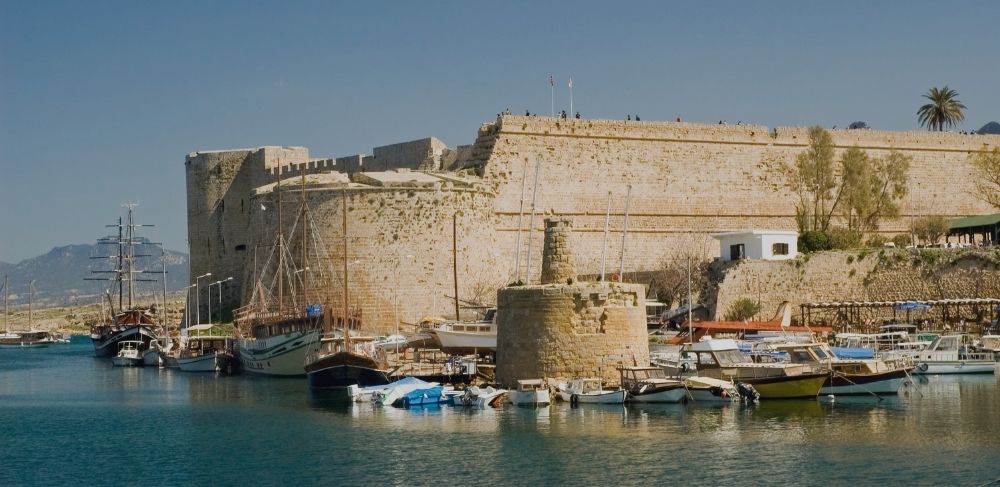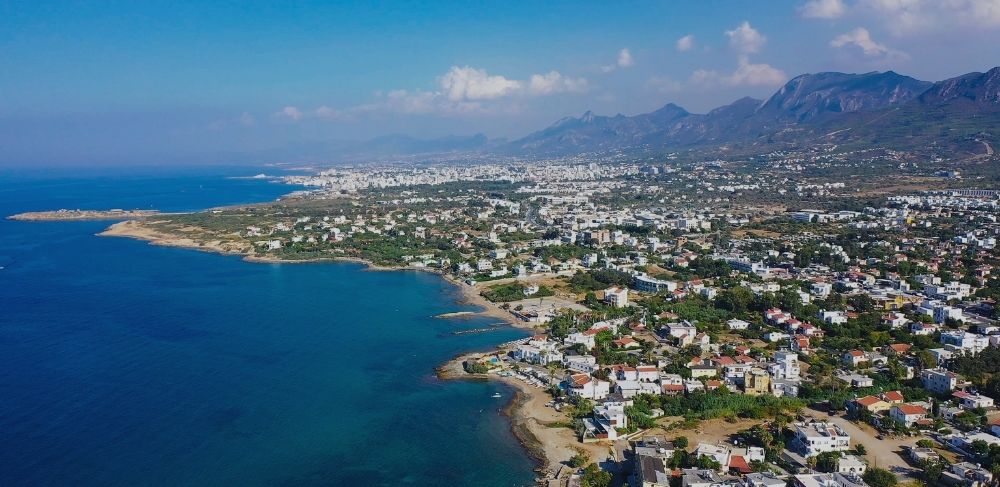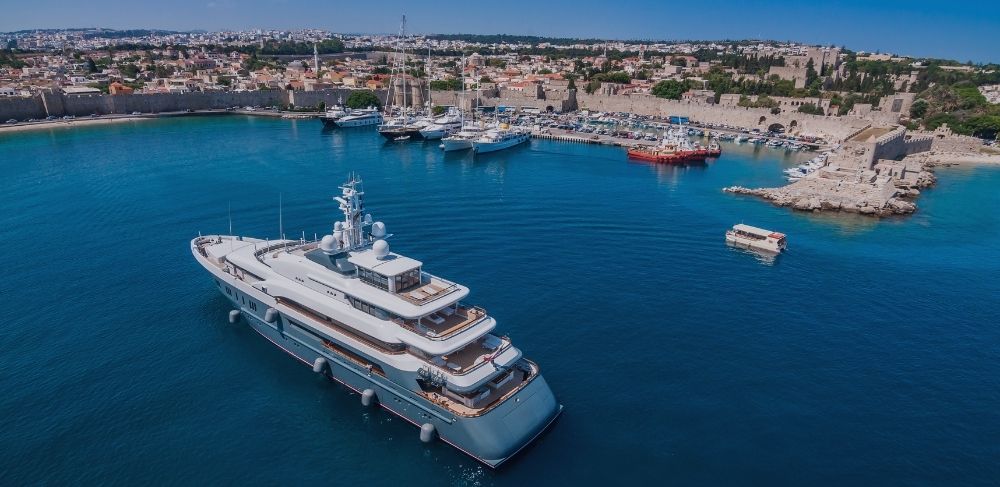What you need to know about Kyrenia!
Kyrenia is the oldest city on Cyprus, with ancient ruins dating back more than 10 thousand years. It has been home to many civilizations throughout history, and it’s still going strong today!
Kyrenia is a picturesque town that has been called “the Jewel of the Mediterranean.” It’s rich in legend, with many trying to explain its origin, as there are races living on this island at some point or another. No one really knows for sure how it came about!
The history of Kyrenia is as diverse and colorful as its name. The island may have been inhabited since the 10th century BC by Achaeans from Peloponnese. There are also alternative explanations for how this small land mass came into being. It could’ve been founded by Phoenicians, who formed coastal commercial colonies around 800BC. Or maybe even Roman citizens when they occupied this part of the island. When the famous old man Olderburg visited Kyrenia, he found it to be a small beach town with city walls and towers. In all of history’s combined sources, these words in different languages have come together over time, turning into Girne in Turkish or Kyrenia in English/Greek.

About the history
Kyrenia is a historic location that has been home to many different cultures and eras. From the Egyptians, Hittites, Persians to Alexander the Great, Romans and Byzantines. Now it‘s home to Cyprus’ modern-day residents who love exploring this treasure trove of history lovers sites.
Kyrenia is a small island in the Mediterranean that was once ruled by the Eastern Roman Empire. Later, it became prominent during Orthodox Christianity’s early days, when this religion became established throughout much of Europe and Asia Minor. King Richard the Lionheart of England joined the Crusades and became ruler over Cyprus. Here he married his fiancée, Berengaria, in the Limassol Castle. The first and only Queen crowned on this island.
The Venetians ruled Cyprus from 1489 to 1571, but sadly, corruption and inefficiency marred the administration of this fabulous legacy. The Ottoman Empire was expanding at a rapid pace, and the Venetians knew that they would soon be attacked from the north. To prepare for this threat, immense circular walls were constructed around Nicosia (Lefkosia) as well ass massive fortifications near Famagusta.
The Ottomans were a statist empire that ruled Cyprus from 1571 until 1878. They brought 20,000 Turkish settlers during this time. They started using language in Kyrenia City Centre with Agha Cafer Pasha Mosque built around 16th century.
When the Turks took control of Cyprus in 1914, they were met with resistance from its Greek population. Britain agreed to assume outright sovereignty over this territory without Turkey’s approval at first, but eventually reached an agreement. The majority Greeks welcomed British rule because it seemed like a step towards their dreams for this island. After a time of disagreement between Turkey and Britain, there came eventually the war that caused the division of this precious island.
Kyrenia is a vibrant city with an ancient past. It has been home to many civilizations throughout history, and it’s still going strong today! The list of onlookers who called this place their own are as diverse and colorful, starting from 10th century BC.

Kyrenia: geography and nature
Kyrenia is a small coastal town in Northern Cyprus, located on the third-largest island of this sea. It has an area size of 50 square kilometers. It’s one among the most popular tourist destinations for its natural beauty with lots to offer. Crystal clear water beaches, lush greenery including oak forests which are thought by some people as being more beautiful than English countryside. This town in Northern Cyprus is located near the Besparmak mountain range. The Selvili peak stands high here at 1023 meters above sea level. The fertile coastal lands are covered by citrus fruit orchards as well as olive groves nearby, alongside carob trees that are common around this area too!
Climate
Kyrenia is placed on a sunny island, with typical Mediterranean climate with 326 days of sunshine per year. The warmest average temperature on record was 38 degrees centigrade (100F) in July, but it also has colder days in January. Winter is very short, and rain falls 10 days per month. You can find snow on the mountain top.
Places to visit
Kyrenia Harbor: In this place you can find the Public Arts Museum. It is a historical place where you can see old Cypriot tools and clothing that have been preserved for generations. There are olive presses, traditional agricultural implements as well an impressive collection of weaving looms with beautiful designs on them!
The Kyrenia Castle: The castle in Kyrenia has been occupied for centuries. It first appeared during Roman times. It was fortified by Byzantines and Lusignans before becoming known as a staging point against potential invasions from Ottomans, who ruled over Cyprus at one point throughout history. You can feel the history as you enter this castle. The long ramp leading up to your destination is lined with military guardrooms and living quarters.

Events in Kyrenia
In May: The International Yacht Race is an annual event, taking place in May. There are approximately 80-90 yachts that participate. It’s considered to be one of the largest yacht races happening anywhere near Eastern Mediterranean waters!
In September: The International Theatre Festival is an opportunity to see plays performed in three major towns and cities of Kyrenia, Lefkosia and Famagusta.·
In October: The International Olive Festival takes place every year in Zeytinlik village to the North West of Kyrenia. It has taken place since 2001, and at this festival you can see folklores from all over Cyprus performed.
Conclusion: a lot to see and experience!
From a rich, diverse history to old castles and modern infrastructure, you can find interesting places to spend your time in this region!





